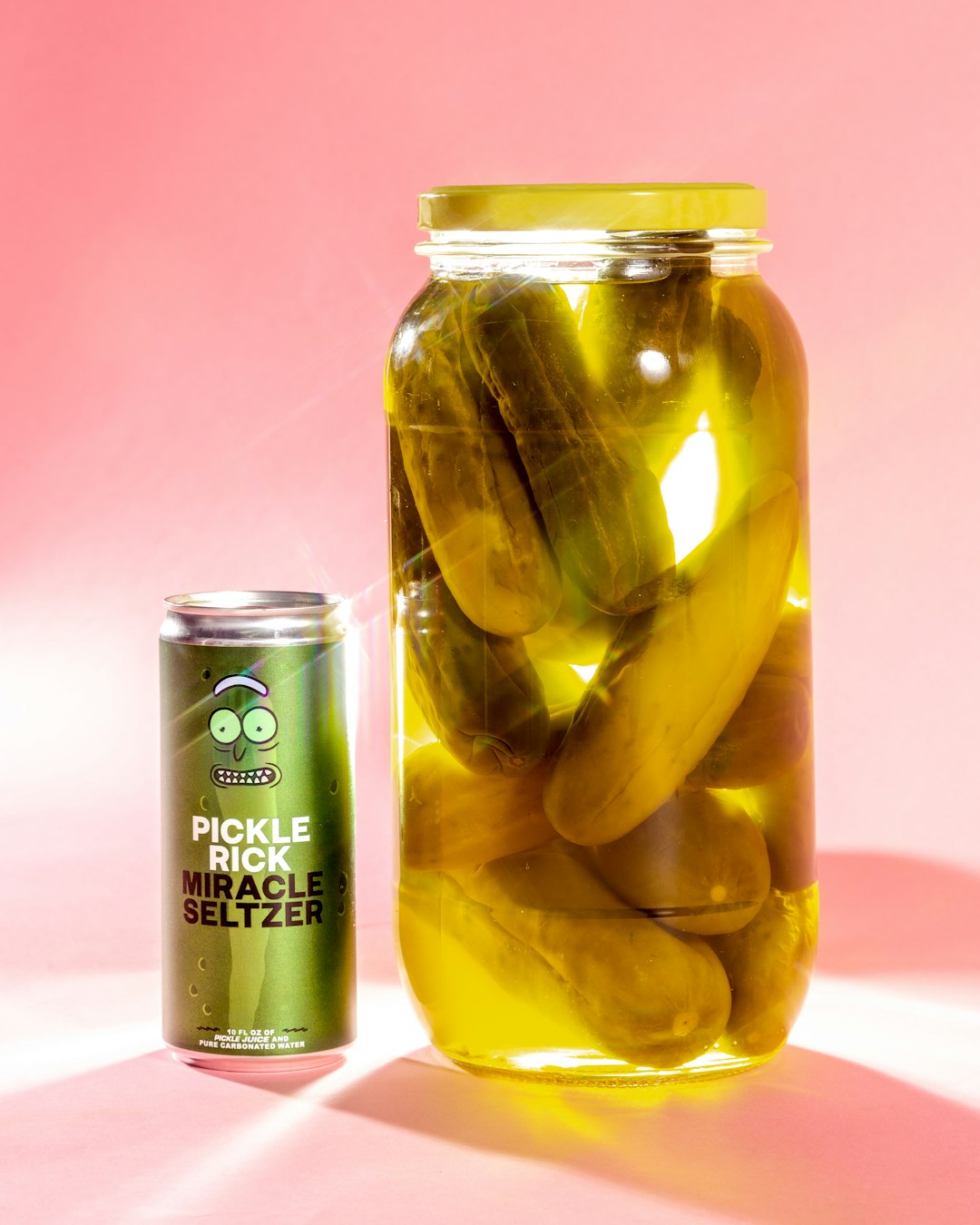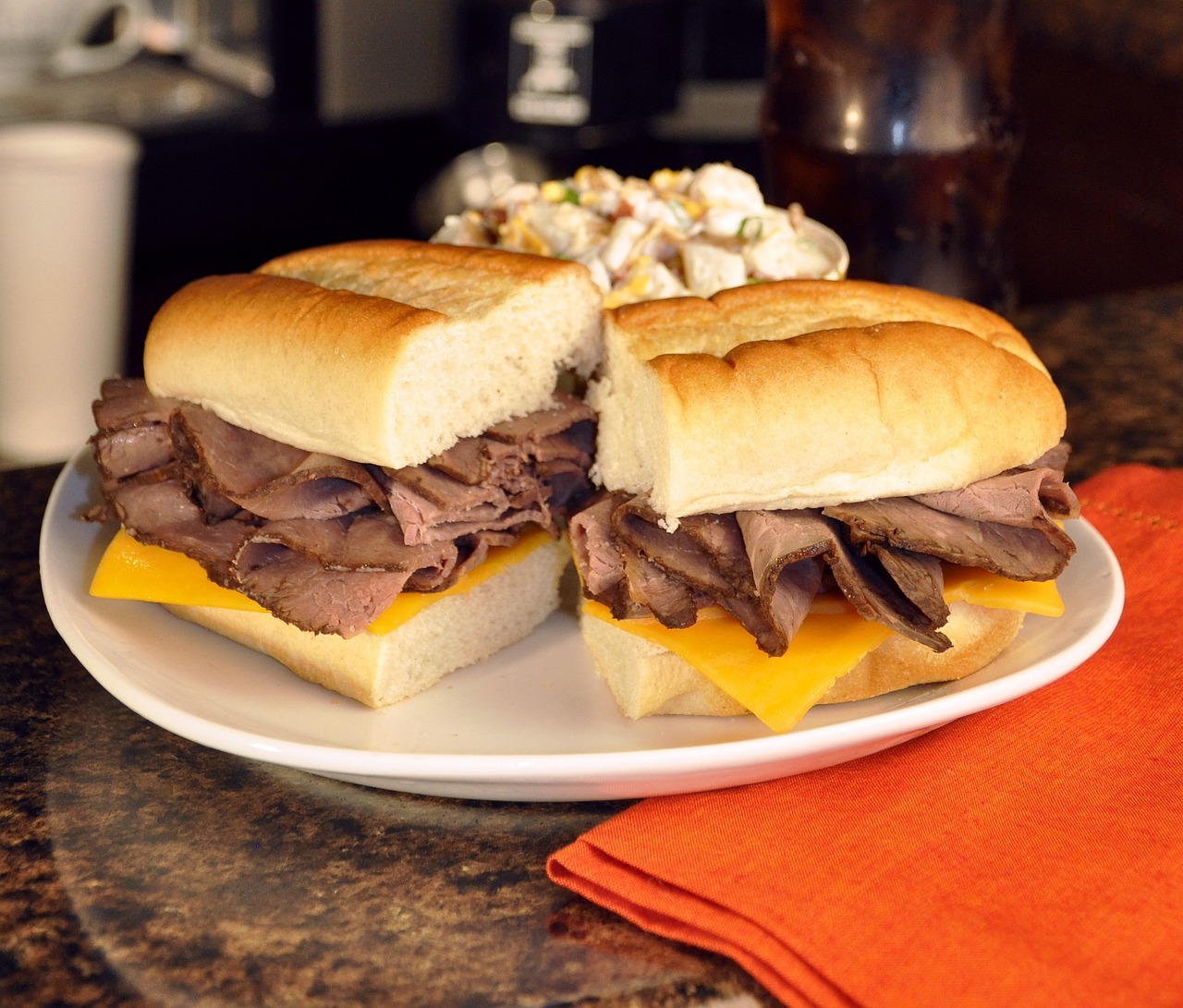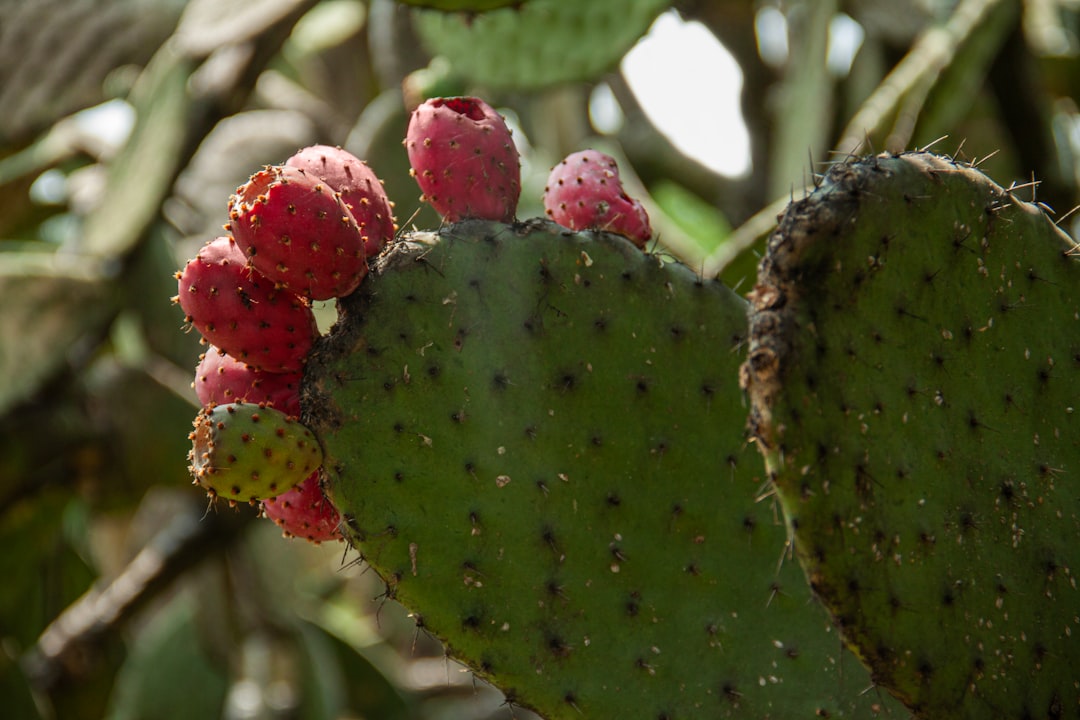The Vibrant World of Kool-Aid Pickles

Picture a bright red pickle that tastes like your childhood favorite fruit punch – that’s the magic behind kool-aid pickles, or “koolickles” as they’re lovingly known in the Mississippi Delta. This vibrantly red, perfectly crunchy creation is exactly what it sounds like: a pickle soaked in Kool-Aid, tinting the pickle bright red and providing it with a tangy crunch. What started as a backyard experiment has become a beloved regional snack that you can find in gas stations and corner stores throughout the Delta region.
Koolickles have risen to relative prominence in the last twenty years, having been featured in the New York Times, Southern Living, and across a wide range of online cooking sites. The preparation is surprisingly simple – you just need dill pickles, Kool-Aid powder, and sugar. Most practitioners follow a simple set of instructions: slice the dill pickles into halves and add to a batch of Kool-Aid (extra strength, most agree). Next, add extra sugar, combine, shake, and refrigerate. The magic happens during the week-long refrigeration process, when the brilliant color seeps all the way through the pickle.
They burst into national notoriety in 2007, when John T. Edge, author and director of the Ole Miss-based Southern Foodways Alliance, wrote about them in The New York Times. What makes them irresistible is that perfect balance of sweet and sour that appeals to a wide range of taste buds. The pucker of the pickles suits the variety of tastes in the predominantly African-American community in the Delta, where residents say “It’s the sweet and the vinegar they like,” getting “both tastes all in one package”.
Texas Kolaches: A Czech-American Breakfast Revolution

Deep in the heart of Texas lies a breakfast pastry that tells the story of Czech immigration and American adaptation. Today, kolaches and their savory counterpart, the klobasnek, are beloved breakfast snacks for many Texans, perhaps as popular as breakfast tacos. These pillowy soft pastries arrived with Czech immigrants who settled in Central Texas starting in the 1850s, bringing with them recipes that would transform into a uniquely Texan tradition.
The numbers tell an impressive story of cultural influence. By 1910, there were 15,074 “foreign-born Czechs” in Texas, according to the Texas State Historical Association. What’s fascinating is how the traditional sweet Czech pastry evolved in its new home. While traditional kolaches are fruit-filled, a Texan twist evolved when they were made with sausage, cheese and jalapeños. Purists maintain that these are not true kolaches, but rather what Czech bakers called a “klobasniki”.
At the Texas-based Shipley Do-Nuts chain, kolaches are reportedly among the most popular items, making them one of the top breakfast foods in Texas. Czech Stop on Interstate 35 draws numerous visitors daily to experience these Central-Europe-meets-Central-Texas delights. The sweet versions feature traditional fillings like apricot, prune, and farmer’s cheese, while the savory klobasneks stuff sausage and jalapeños into that same sweet, enriched dough that makes every bite a perfect contradiction.
Buffalo’s Best-Kept Secret: Beef on Weck

While Buffalo wings get all the glory, there’s another sandwich that locals consider equally iconic – and it’s been flying under the national radar for over a century. A beef on weck is a sandwich found primarily in Western New York State, particularly in the city of Buffalo. It is made with roast beef on a kummelweck roll, a roll that is topped with kosher salt and caraway seeds. This isn’t just any roast beef sandwich – the meat is served rare and hand-carved thin, with the top bun getting a dip in savory au jus and a generous spread of horseradish.
What makes this sandwich truly special is its German heritage roll. Kümmel is the German word for caraway, and Weck means “roll” in the south-western German dialects of Palatinate, the Saarland, Baden and Swabia areas. Buffalo-area bakeries are the only commercial source for the roll, making this a truly regional experience you can’t replicate anywhere else in America.
The sandwich, along with Buffalo wings and sponge candy, is one of the three best-known food specialties of Buffalo. Local legend credits a German baker named William Wahr who supposedly brought the kümmelweck roll with him to Buffalo in the late 1800s. The beef on weck has long been popular regionally, and has gained a following in other areas of the United States where it has been introduced by expatriates from Western New York who have taken the dish and brought it to other areas after relocating. Interestingly, the American restaurant chain Buffalo Wild Wings was originally called “Buffalo Wild Wings and Weck,” abbreviated as “BW3,” the third W referring to weck.
The Southwest’s Prickly Pear Revolution

Prickly pear cactus is an unusual American food but a must-try when traveling through the Southwest. You’ll find infused beer, cocktails, and candies; skincare products; raw salads; and more utilizing this unique cacti species. This vibrant purple-pink fruit from the desert has been sustaining Native American communities for thousands of years, but it’s only recently gaining recognition in mainstream American cuisine as adventurous chefs and food enthusiasts discover its unique sweet-tart flavor.
What makes prickly pear so remarkable is its versatility and nutritional profile. The fruit can be eaten fresh, juiced into vibrant magenta drinks, or processed into jellies and syrups that taste like a cross between watermelon and bubblegum. Beyond the fruit, the pads (called nopales) are also edible and taste similar to green beans with a slightly mucilaginous texture that’s prized in Mexican cuisine. The flavor is subtle and vegetal, making it perfect for grilling, sautéing, or adding to salads.
Throughout Arizona, New Mexico, and parts of Texas and Nevada, you’ll find prickly pear incorporated into everything from margaritas to ice cream. Local farmers’ markets often feature fresh prickly pear fruit during harvest season from late summer through fall. The challenge for newcomers is learning how to handle the fruit safely – those tiny glochids (small spines) require careful removal, but the reward is a taste of the authentic American Southwest that connects you directly to the desert landscape and its indigenous food traditions.
The landscape of American regional cuisine continues to surprise even the most seasoned food travelers. These four distinctive foods represent the beautiful complexity of how immigration, geography, and local creativity shape what we eat. From the Mississippi Delta’s sweet-and-sour innovation to Texas’s Czech-German fusion, from Buffalo’s German-American pub food to the Southwest’s ancient desert harvest, each dish tells a story that goes far deeper than its ingredients. The next time you’re traveling through these regions, skip the chain restaurants and seek out these local treasures – your taste buds will thank you for the adventure.







